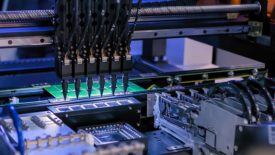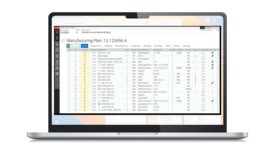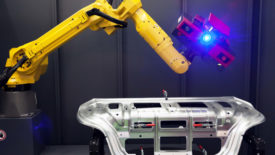Software
Software
Short Run SPC for Small Batch Manufacturing
Short run charts work for both variable and attribute data.
April 30, 2024
Software
How FMEA is Adapting Over Time, Part 2
There’s a growing understanding that not all manufacturing or production jobs are the same, and thus, the application of FMEA should vary accordingly.
April 15, 2024
Quality 101
Understanding the Fundamentals of a Manufacturing ERP System
The common purpose of all ERP systems is to enable operational excellence, profitability and growth.
April 11, 2024
Software
How to Sharpen Your FMEA Skills, Part 1
Regular use of FMEA leads to continuous improvements in processes and products. By proactively addressing potential issues, it enhances reliability, safety, and overall quality.
April 3, 2024
CMS Column | Justin Novak
How Has Metrology Changed in the Past 40 Years?
A lot has happened since 1984, and we're just getting started.
April 3, 2024
Stay in the know with Quality’s comprehensive coverage of
the manufacturing and metrology industries.
eNewsletter | Website | eMagazine
JOIN TODAY!Copyright ©2024. All Rights Reserved BNP Media.
Design, CMS, Hosting & Web Development :: ePublishing










